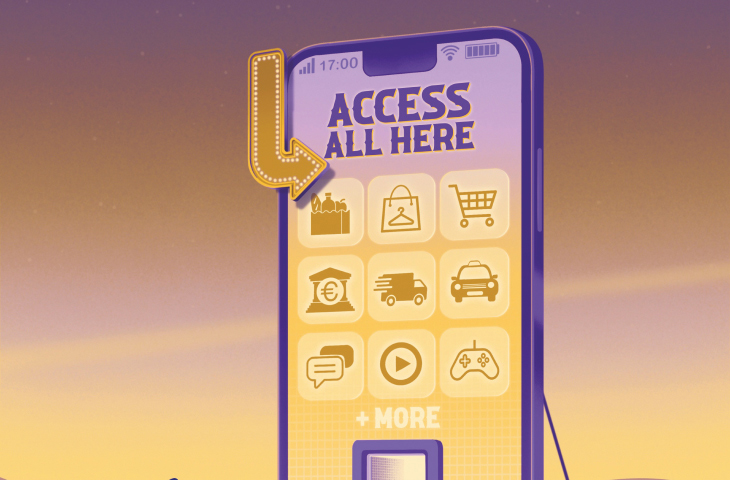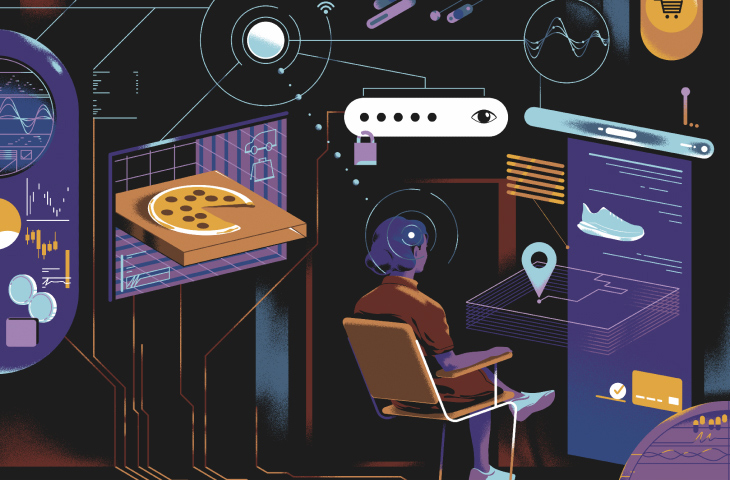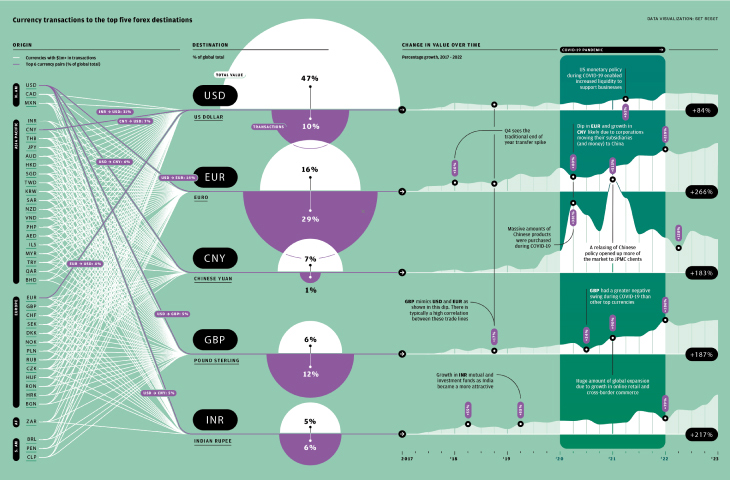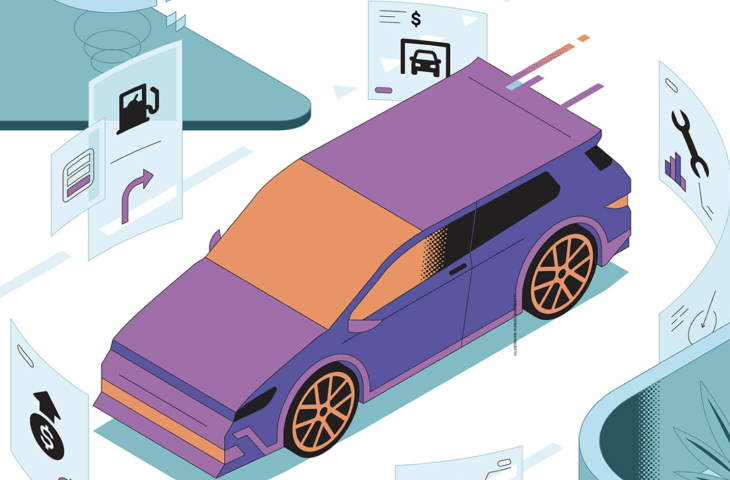
What will it take to make “Digital ID” happen?
TWO SIDES OF THE SAME COIN
Digital transactions have made our lives more convenient, but fintech innovators are keen to solve remaining frictions. Checkout pages on the web often require filling out forms and sharing banking details, for example, and there are opportunities for fraud. That’s where digital ID systems can potentially help. These allow individuals to digitally store their personal information in a robust, secure, and convenient app, which can be used to share credentials quickly and securely. And with the EU planning to launch a digital ID wallet in 2024, it’s a topic that’s rising up the agenda. Yet, there are challenges to solve before digital ID becomes mainstream, which is why they are a feature of so few economies. So, what’s the main factor that will spur mass adoption?

“Before we see broad utilization of ‘digital ID’ systems, we need to build trustworthiness. This is because inherent in the capture, storage, and use of any personal data are risks of privacy violations, data theft, and identity fraud. The problem I see is that for most people, it is not clear how and where this data will be stored, or who will make sure that it remains secure and confidential. What happens to the data after the service has been delivered?
“When you rent a car, for instance, what kind of information will be passed on to the rental company? Will they collect everything, including your credit history and perhaps the list of your traffic violations? Moreover, how can a service provider making decisions based on the data submitted be sure that the data received is accurate and legitimate?
“For electronic identities to be adopted, they must be trusted across the spectrum of services within the nation, and eventually across borders. In order to make this happen, governments must take initiative for firstly creating, and then managing and protecting, our digital IDs. The reason I say this is that, when it comes to passports—a physical certificate of citizenship—everybody trusts them because there is only one place you can legally get one: the State. Why should it be any different for electronic identity?”

“The first step to creating a digital identity is confirming your identity. This becomes the definitive source against which your ID or passport, photos, company documents, and address information can be verified against. To do this, you must go to a digital verification agency, which is straightforward. But when the customer goes to a service provider, such as
a car rental agency or a bank, their systems are not always capable of pulling the information they need as part of the onboarding process.
“What we’ve seen is that there’s a legacy layer that is not modernized, which means the onboarding process can be clunky and slow. This requires people to take physical papers and ID documents, and I think this is a major barrier for large businesses looking to integrate digital identity.
“Customers also have to become comfortable with the fact that banks, for instance, have their information. What customers don’t like is having their information shared without them explicitly giving consent. Moving forward, I’m confident we’re going to see more and more individuals controlling their own data and sharing it with institutions, who can use that information based on the consent they’ve been given. That’s why we have to simplify the integration barrier.”
BY WIRED





































